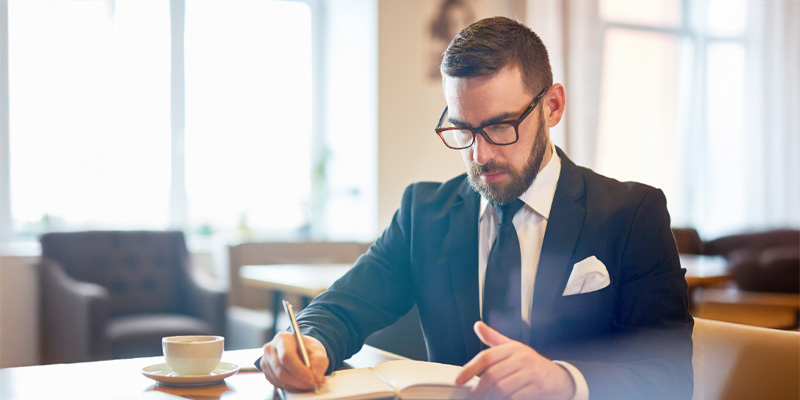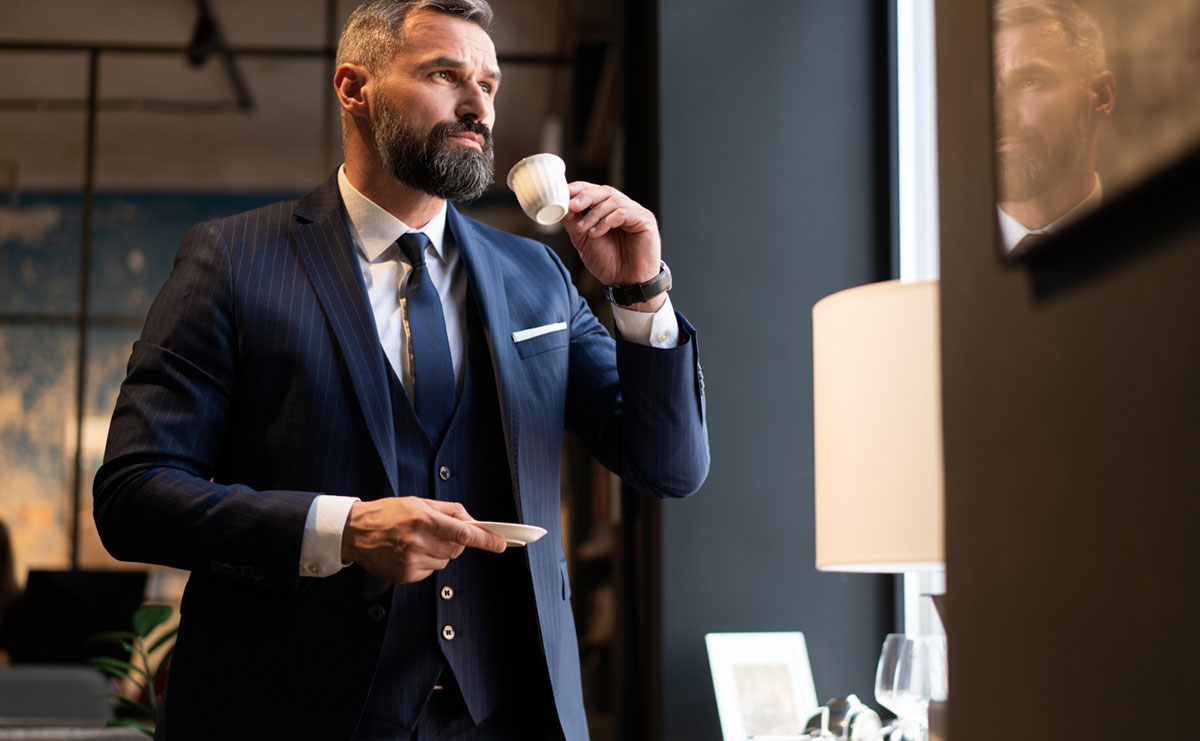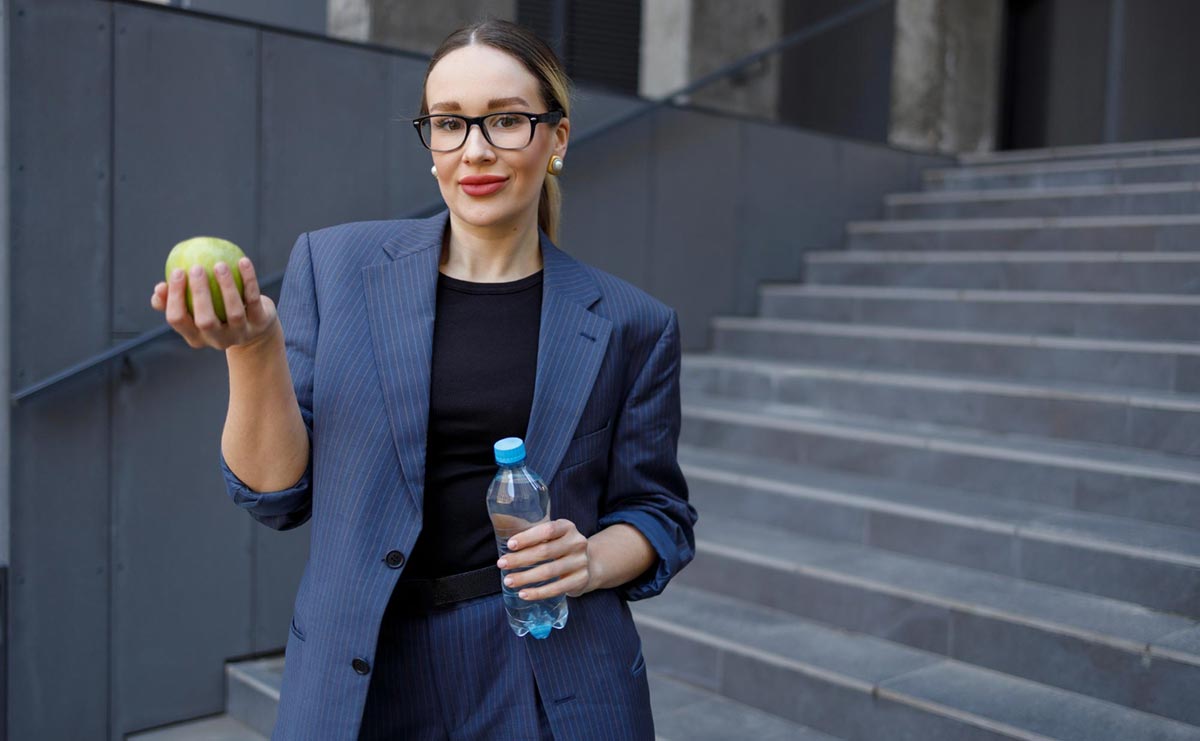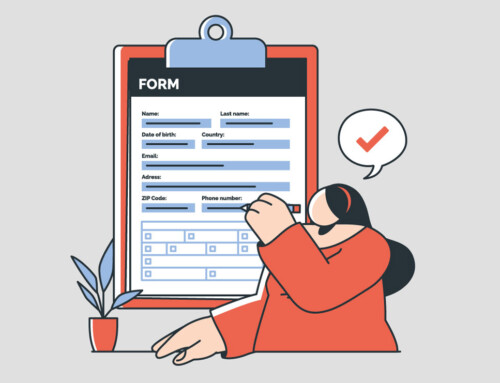Contents
The Well-Dressed Male Lawyer: Elevate Your Courtroom Style
In the legal profession, appearances matter. Whether you are negotiating deals in a boardroom, attending a client meeting, or arguing a case in court, how you present yourself as a male lawyer can leave a lasting impression. Dressing impeccably not only projects professionalism but also instills confidence in your clients, colleagues, and judges. Proper lawyer dress is essential for conveying professionalism and authority in legal settings. This article provides tips on how to select lawyer outfits that align with both the firm’s dress code and the individual’s personal style.
Understanding the Importance of Courtroom Attire
In the courtroom, your appearance speaks before you do. Beyond representing yourself, you also embody your client’s interests and the solemnity of the justice system. The choice of attire is more than just a matter of personal style; it reflects your professionalism, respect for the institution, and understanding of the formal nature of court proceedings.
Your attire in the courtroom is a powerful tool that can enhance your credibility. It conveys respect for the court, your profession, and your client. Judges and juries are often influenced by the visual cues lawyers present, even subconsciously. A polished appearance can create an impression of preparedness, competence, and trustworthiness. Conversely, inappropriate attire may suggest a lack of respect or seriousness, potentially undermining your arguments and the perception of your case.
Courtroom attire also sets the tone for how others perceive your advocacy. Dressing appropriately shows respect for the judicial process and an understanding of your responsibility as an officer of the court. It signals to everyone present—judge, jury, opposing counsel, and even your client—that you take your role and the case seriously. Lawyer outfits are often tailored to balance professionalism with comfort, especially for long working hours
Moreover, courtroom attire impacts your confidence and demeanor. When you look at the part, you are more likely to feel composed and self-assured, which can enhance your ability to present arguments persuasively. This professionalism extends beyond the courtroom and how you interact with your client, witnesses, and opposing counsel.

Finally, it is crucial to consider cultural and regional norms when it comes to courtroom attire. What is deemed appropriate can vary depending on the jurisdiction, so it is essential to be aware of local norms and expectations. Always err on the side of conservatism and professionalism to ensure your attire aligns with the high standards expected in the legal profession. Law schools often host workshops on professional attire, emphasizing the importance of proper lawyer dress.
Suit Up: Choosing the Right Suit
The suit is the cornerstone of a male lawyer’s professional wardrobe, and attention to detail can make a significant difference.
Color is not just a matter of personal preference it is a strategic choice. Conservative hues such as navy blue, charcoal gray, or black are ideal for projecting professionalism and maintaining a courtroom-appropriate look. Your color choice can significantly impact your professional image, so choose wisely.
When it comes to fabric, quality is key. Investing in high-quality wool or a wool blend not only ensures durability but also a polished look. Avoiding synthetic fabrics is not just about maintaining an upscale appearance, it is about making a smart investment in your professional image.
Tailoring is key to achieving a sharp and professional look. A well-tailored suit enhances your physique, with the jacket shoulders aligning perfectly and the trousers having the correct break. Fit is crucial to making a strong impression.
Remember, the two-button rule is a classic for a reason. It offers timeless appeal and avoids the pitfalls of flashy designs or overly trendy cuts. By adhering to this rule, you can confidently present a polished and professional image. In some cultures, lawyer dress includes traditional robes and collars, reflecting centuries-old legal traditions.
The Power of a Crisp Shirt
Your dress shirt plays a supporting but vital role in your courtroom attire. When selecting a shirt, consider the following:
Colors: Opt for classic and professional colors like white or light blue. These shades not only convey a sense of authority and professionalism but also ensure you are perceived as confident and respected. Avoid bold patterns or bright colors that might distract from your arguments or draw unnecessary attention.
Fabric: Cotton is preferred due to its breathability and clean finish. Non-iron shirts are an excellent option for added convenience, ensuring you stay at ease and comfortable while maintaining a crisp and polished appearance throughout the day.
Fit: A well-fitting shirt is not just a matter of style it is a statement of preparedness and self-assurance. Ensure no gaps at the buttons or excess fabric bunching at the sides. A tailored fit enhances your appearance and boosts confidence on the court.
The Perfect Tie: A Statement of Sophistication
A tie is not just an accessory, it is a canvas for expressing your unique personality while upholding professionalism. When selecting a tie, the patterns and colors you choose are like brushstrokes on this canvas. Solid colors, stripes, or small patterns are all excellent choices, each allowing you to subtly showcase your individuality. Classic shades like red, blue, and burgundy, on the other hand, exude confidence and power, making them ideal for professional settings.
Equally important is the tie’s length and width. It should end at the belt line and be proportionate to your body type, creating a balanced and polished look. This knowledge empowers you to make informed choices, ensuring your tie always complements your outfit and body shape. Fabric is crucial—silk ties are considered the gold standard due to their sheen and durability, ensuring a sophisticated and professional appearance.
Shoes: The Foundation of Style
Shoes can make or break an outfit, so it is essential to prioritize a few key factors. First, style is crucial—classic oxfords or black or dark brown derby shoes are not just ideal, they are your go-to for a polished and professional appearance. These timeless styles, with their understated elegance, complement most outfits and ensure versatility, giving you a confident and competent look.
Second, pay attention to the condition of your shoes. Always keep them polished and in good repair, as worn-out shoes can detract from an otherwise flawless ensemble. Remember, regular maintenance not only extends the life of your shoes but also empowers you to take control of your overall look, enhancing your style and confidence.
Finally, do not overlook the importance of socks. Stick to dark socks that match your trousers for a seamless and cohesive appearance. This simple detail, often overlooked, adds a touch of sophistication and ensures your outfit is well-coordinated from head to toe, making you feel elegant and refined.
Accessories: Less is More
Accessories add a touch of personality but should never distract from the overall appearance. Keep it simple to maintain a polished look. Match the color of your belt to your shoes for a cohesive appearance that ties your outfit together. A classic analog watch is both tasteful and functional, making it a reliable accessory choice. A white or subtly patterned pocket square can add a touch of flair without being over the top. Accessories like cufflinks and leather belts are key components of lawyer outfits male seeking a polished appearance. If you choose to wear cufflinks, ensure they complement your overall look and avoid styles that might appear ostentatious, as this will help you maintain a sophisticated and refined look.
Grooming: The Finishing Touch
Well-groomed hair and facial hair are just as important as your clothing. Aim for a neat and professional hairstyle, keeping it tidy with regular trims. If you have facial hair, ensure it is well-maintained; a clean-shaven look is generally the safest choice for a polished appearance. Additionally, personal hygiene plays a crucial role. Pay attention to details like keeping your nails clean, maintaining fresh breath, and wearing subtle cologne. A good scent can leave a lasting positive impression, so choose your cologne wisely to enhance your professional image.

Seasonal Considerations
Remember, in summer, it is best to choose lightweight wool suits and breathable cotton shirts. These materials not only keep you cool but also ensure you look polished and professional, even in the heat.
In winter, layer your outfit with a tailored overcoat and scarf. The versatility of neutral colors like black, gray, or camel ensures your look remains sharp and refined in colder weather, giving you the confidence to navigate any professional setting.
Confidence is Key
The best-dressed lawyer is one who feels confident in their attire, as appearance plays a crucial role in establishing trust and authority in the legal profession. Dressing appropriately for the occasion, whether it is a courtroom, client meeting, or networking event, not only ensures you make a strong first impression but also reinforces your professional image. Opt for tailored clothing that fits well and is suited to the formal expectations of the legal field. Pay attention to the details, such as polished shoes, neat grooming, and minimal but tasteful accessories, as these subtle elements enhance your overall presentation.
Remember, comfort is just as important as style. An outfit that fits well and aligns with your personal style can boost your self-esteem and help you stay focused on your tasks without distractions. This comfort and confidence in your appearance can translate into confidence in your abilities, making you more persuasive and credible to clients, colleagues, and judges. Ultimately, being well-dressed is not just about aesthetics—it is a tool for success in building your professional reputation.
Final Thoughts
Courtroom attire is not merely about adhering to tradition; it is a strategic element of your professional toolkit as a lawyer. Choosing professional lawyer outfits is essential for making a strong first impression in the courtroom or during client meetings. The way you dress communicates respect for the court, confidence in your abilities, and dedication to your client’s case. By paying attention to details—such as a tailored suit, polished shoes, and well-chosen accessories—you not only project professionalism but also elevate your personal brand within the legal field. A neutral color palette is often preferred in lawyer dress to ensure a polished and professional appearance.
Confidence, comfort, and consistency are key. When your appearance aligns with the high standards of your profession, you empower yourself to focus on what truly matters: advocating effectively and achieving the best outcomes for your clients. Remember, your attire is more than just fabric; it is a statement of your competence, credibility, and commitment to excellence.
Take Your In-House Legal Team to the Next Level with RunSensible
Empower your legal team with tools to simplify workflows, enhance collaboration, and optimize performance. RunSensible provides a comprehensive suite of features for in-house legal teams, including robust case management, contract lifecycle tracking, and automated compliance tools. With intuitive document management, seamless client communication, and real-time analytics, your team can focus on delivering results rather than juggling administrative tasks.
Whether you are managing contracts, handling client intake, or overseeing legal operations, RunSensible equips your team with the technology to work smarter, not harder. Explore how RunSensible’s all-in-one platform can revolutionize your legal department today and keep your organization ahead in a competitive legal landscape. Request a demo now and see how RunSensible can transform your team’s efficiency!
FAQs
1. How do you choose a lawyer’s attire?
When choosing a lawyer’s attire, focus on looking professional and appropriate for the setting, whether it is the courtroom, office, or a client meeting. Lawyer outfits often include neutral colors, such as navy, black, and gray, paired with conservative accessories. A tailored suit or dress is a safe choice, paired with polished shoes and minimal accessories. Grooming is key—neat hair, clean nails, and a polished overall look go a long way. Consider the expectations of your audience and adapt if needed for cultural or regional norms. Investing in a few high-quality pieces will help you maintain a sharp, professional appearance.
2. Are there any specific dress codes for lawyers in court?
Dress codes vary by jurisdiction and court type, but the general expectation is formal business attire. Some courts may have explicit requirements, such as wearing a jacket and tie, so it is essential to check local rules.
3. Can male lawyers add personal style while maintaining professionalism?
Yes, subtle personal touches are acceptable, such as a pocket square in a muted color, high-quality cufflinks, a tie with a subtle pattern or texture, or a signature watch that complements the outfit.
4. Do courtroom attire standards vary by legal specialty?
Generally, formal attire is a standard for all courtroom appearances. However, certain specialties like corporate law might lean toward a more polished look, while criminal defense or family law may require a more approachable appearance.
Disclaimer: The content provided on this blog is for informational purposes only and does not constitute legal, financial, or professional advice.







